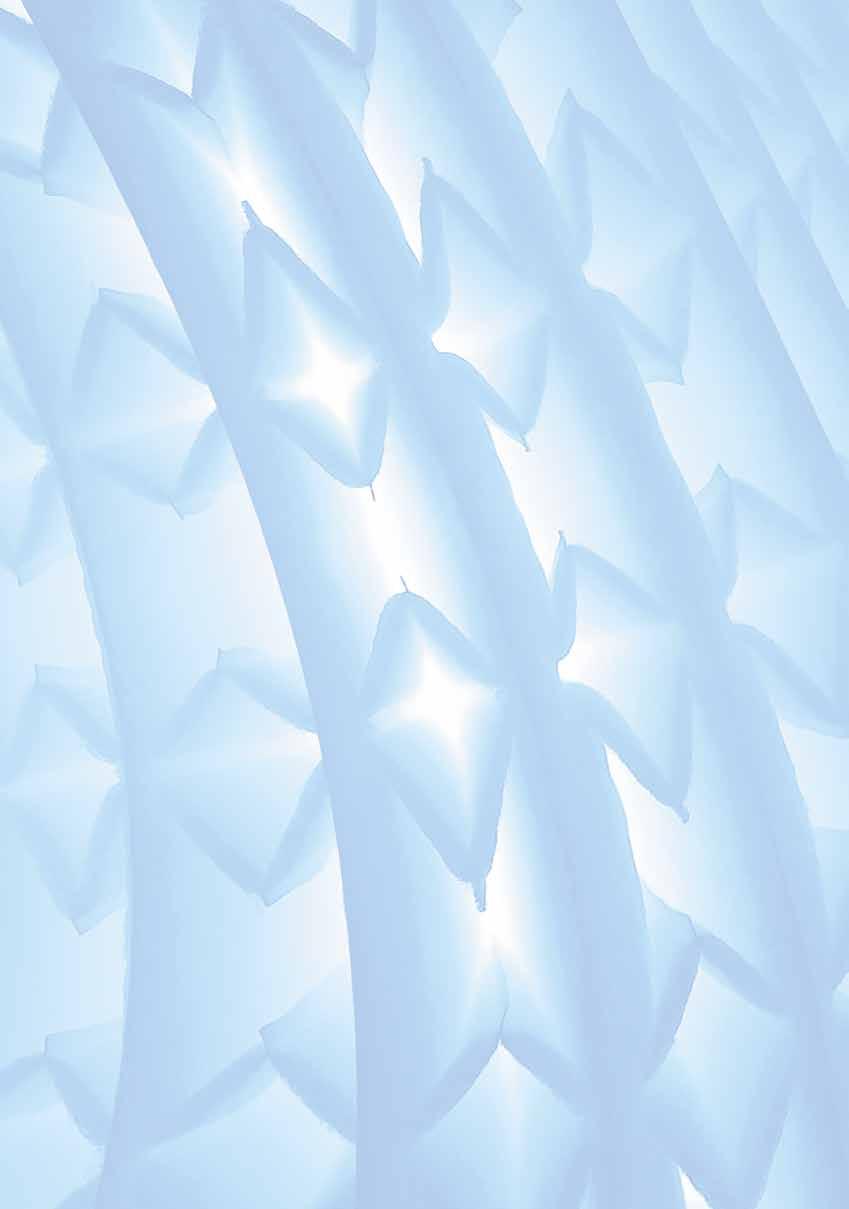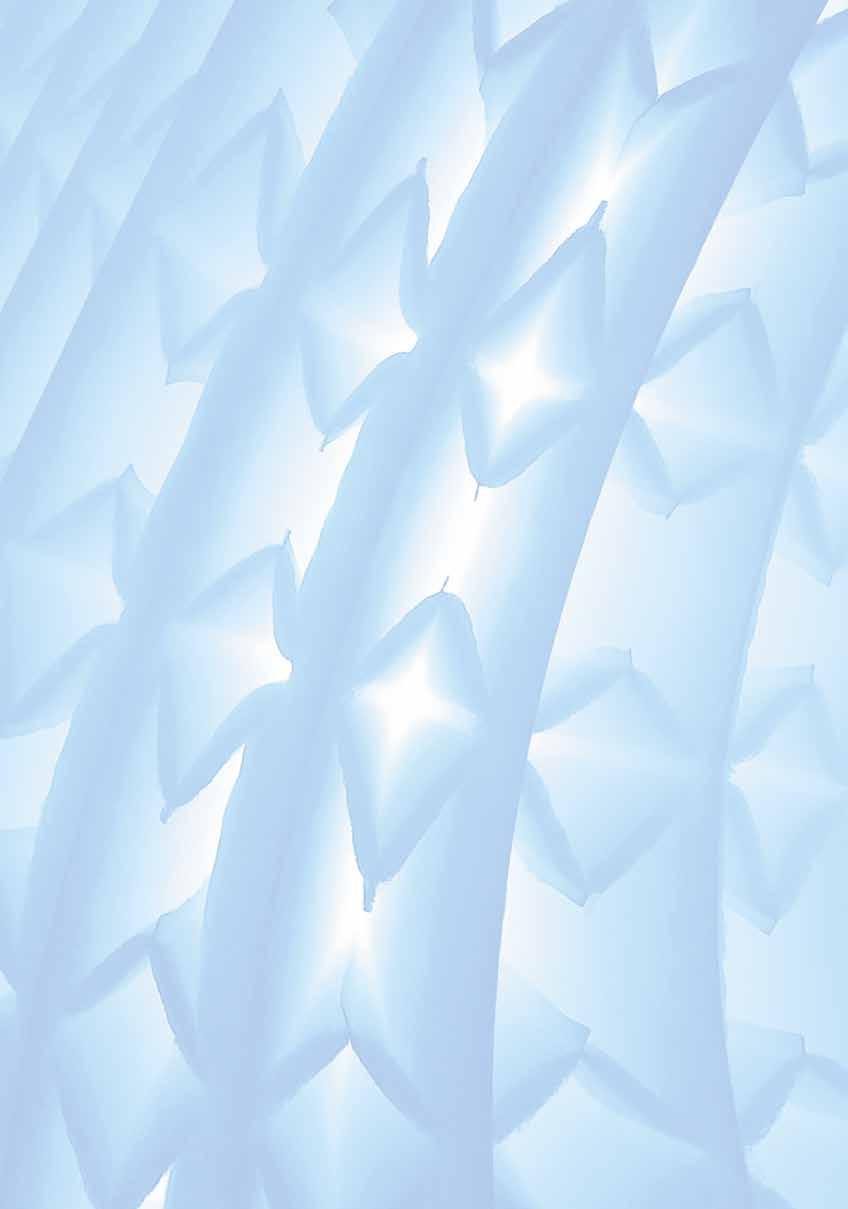

COMPANY PRESENTATION

DEFIL S.r.l., founded in 1985, carries out its activity in the air filtration and dust removal sector for civil and industrial plants. Thanks to the expertise of its employees, it is able to answer any question regarding air filtration for production processes, environmental protection in the workplace and air pollution.
The experience and professionalism acquired is also recognised in particularly difficult sectors such as chemicals, pharmaceuticals and food.
DEFIL S.r.l. offers the exact correspondents of the filters installed, or meeting any particular specifications or requests, in the form of spare parts.
It has its strengths in the quality of its products and the reliability of the services provided, confirmed by the certification of our Quality System in accordance with ISO 9001 since 2000.
DEFIL also plays a key role in the food, chemical, pharmaceutical, automotive and cosmetic industries.
Welcome to our world...
AT THE SERVICE OF THE ENVIRONMENT


DEFIL’s activity involves the design, construction and marketing of the following products:
• Filter cells for prefiltration (synthetic fibre, glass fibre, metal mesh) and related spare parts in rolls or panel
• Filter panels cut to size
• Refill for rotary filters of all brands
• Pocket filters
• High efficiency filters, absolute filters, terminal filter diffuser
• Dihedral filters
• Filters for clean rooms and sterile/chemical hoods
• Filter cartridges for powder coating booths and sandblasters
• Filters for painting plants (drip separators, filling bodies...)
• Activate carbon filters
• Filters for compressors, gas turbines, cogeneration plants
• Inertial sand filters
• Self-cleaning pocket dust collectors
• Perfectly sealed safety containers
• Automatic Rotary Filters
• Filter containment structures and filter groups
• Filter holder sub-frames
• Filter bags
• Pressure gauges – pressure switches
CLASSES

COARSE FILTRATION
FINE FILTRATION
(EX
MOLECULAR FILTRATION
FILTRATION OF INDUSTRIAL PLANTS
INSTRUMENTATION
FILTER CONTAINMENT STRUCTURES

REFERENCE REGULATIONS
COARSE – MEDIUM – FINE FILTRATION
In June 2018 the new UNI EN ISO 16890 standard came into force, bringing substantial changes in test methods and classification of filters from class G to class F, (Standard UNI EN 779:2012), used in common ventilation systems.
The standard approved with 100% of the votes from the countries participating in the CEN and ISO technical committees replaced the American ASHRAE 52.2 standards and the European UNI EN 779:2012 standards.
In ISO 16890, filters are not divided into Coarse (G), Medium (M) or Fine (F) efficiency classes, but are divided into 4 classes:
• ISO Coarse
• ISO ePM10
• ISO ePM2.5
• ISO ePM1

Group UNI EN 779:2012
UNI EN ISO 16890
ABSOLUTE FILTRATION

The absolute filters are classified according to UNI EN 1822, which divides them into 3 groups for a total of 8 efficiencies:
• EPA (Efficient Particulate Air filters – Efficient Air Filters) : E10 – E11 – E12
• HEPA (High Efficiency Particulate Air filters- High efficiency air filters) : H13 – H14
• ULPA (Ultra Low Penetration Air filters – Low penetration air filters) : U15 – U16 – U17
The first phase of the test is aimed at examining the performance of the filter medium at a speed corresponding to the actual operating conditions of the filter, and consists of determining the critical magnitude of the maximum penetration particles (MPPs).
The first phase of the test is aimed at examining the performance of the filter medium at a speed corresponding to the actual operating conditions of the filter, and consists of determining the critical magnitude of the maximum penetration particles (MPPs). The second step consists of testing the finished filter on its plane surface in order to statistically determine the filtration efficiencies against MPPs particles (for the classification of filters E10,E11, E12)
Filters in class H13 and H14 must be tested individually to verify the presence of any losses due to breakages or production defects. These tests are carried out on the filter plane and must consider both the average values of particle concentration on the filter (integral efficiency) and the concentration of local particles (local efficiency). These operations can be carried out either by introducing a test aerosol (mono or dispersed poles) or by laser photometer scanning. Filters with class U15, U16 and U17, can only be tested by laser photometer scanning


CLEAN ROOMS AND ASSOCIATED CONTROLLED ENVIRONMENT
To be called a clean room, a room must comply with certain construction parameters for its use and management. One of these parameters is the air cleanliness class for particles between 0.1 μm and 0.5 μm. The Reference Standard (ISO 14644-1) also defines the details for the number of points to be sampled, the selection of the position, the class limits and the amount of data required. The Regulation divides clean rooms into 9 ISO classes. Depending on the class you want to reach, you have to take into account the most suitable filters to be used in order to achieve these parameters.
DUST REMOVAL

Filter media for dust removal cartridges are classified according to DIN 60335-2-69. Tests are carried out at the German Institute for Occupational Safety and Health of the German Social Accident Insurance (DGUV), abbreviated to IFA ( Ex BGIA , formerly BIA). The test method is described in Annex AA 60335-2-69.
Depending on the hazard level of the dust to be treated (AGW), the filter media are divided into 3 classes (DUST CLASS) which must guarantee a certain degree of penetration (D).
CLASS (DUST CLASS)
EXPOSURE LIMIT0 (AGW)
DEGREE OF PENETRATION (D)
POWDER USED IN THE TEST
L Powders with AGW > 1 mg/m3 <10% Fine quartz powder with concentration 200 ± 20 mg/m3 and particle from 0.2 to 2 µm
M Powders with AGW < 0.1 mg/m3 < 1%
H Carcinogenic dust or dust contaminated by carcinogens / pathogens < 0,005% Paraffin oil mist
